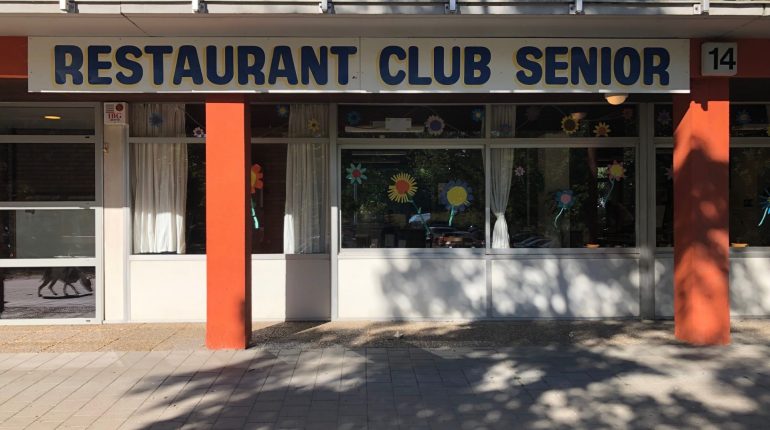BMA, KU Leuven and CIVA put the transformation of social housing built in the XXth century on the agenda. In the coming months, a series of debates with commissioners, architects and other actors from the field will tackle the challenges linked to renovation: changing buildings, changing contexts, changing tempo.
Existing social housing buildings are at a tipping point: the life cycle of various materials is coming to an end, the integration of housing into the urban fabric needs to be reviewed, the habitability and functionality of the buildings, but also the involvement of residents deserve a broader reflection. All this through an accelerated but thoughtful approach.
After a first session on the specific and technical challenges of building renovation, on 22 September we will look at the relationship between building and neighbourhood. The existing social housing sites are marked by their lack of articulation to their context. The typology of the block or tower are but the morphologic expression of this disconnection. Inhabitants are stigmatized as social tenants of large scale developments. Exterior spaces are often reduced to vast stretches of supposedly functional emptiness. Not to speak about the insufficiency of services, complementing programs and appropriable spaces. At the same time, the need of social housing is a strong argument against the reprogramming of existing dwellings and budget is systematically short to provide significant change and multifunctionality. An impossible equation?
